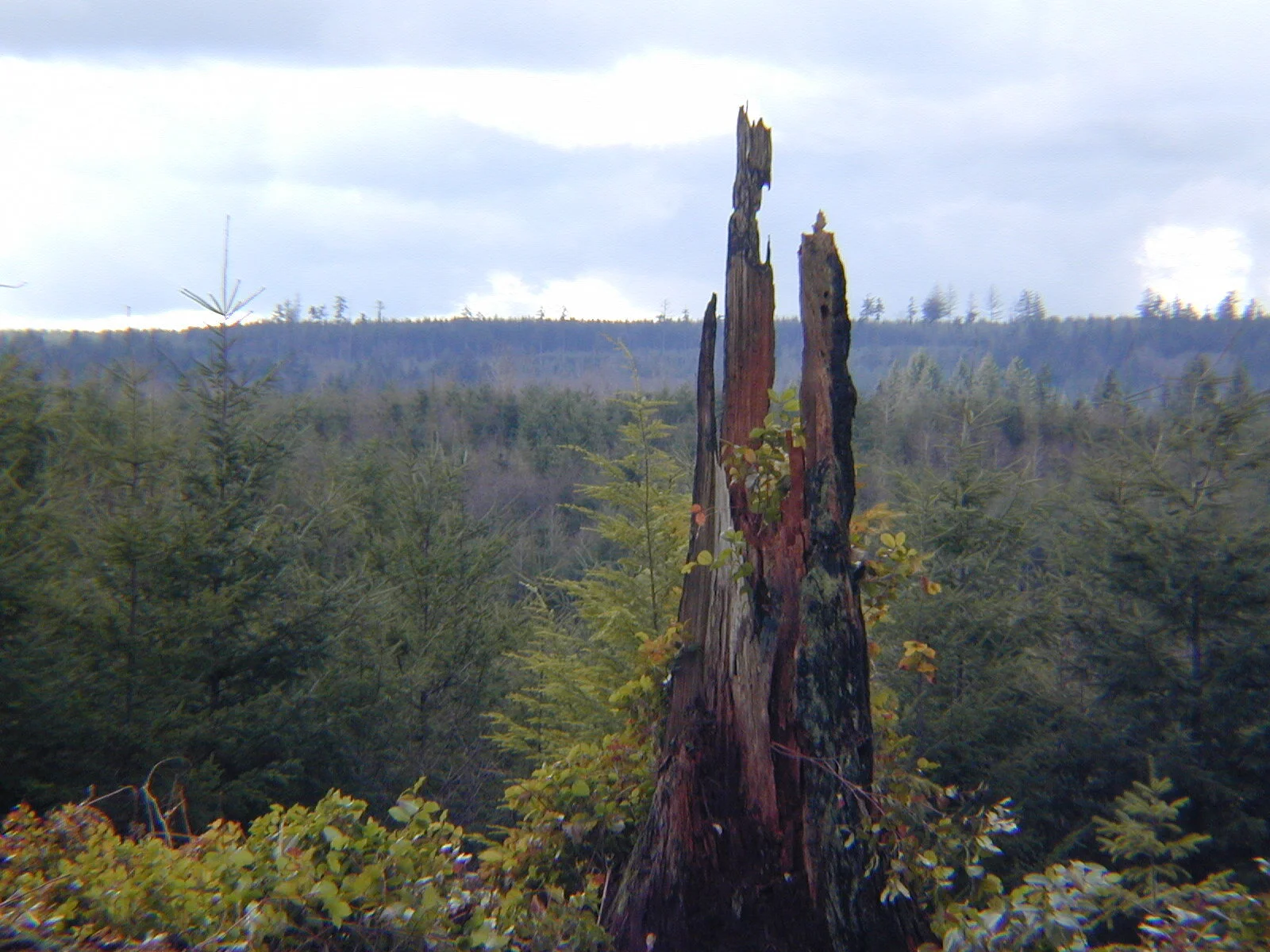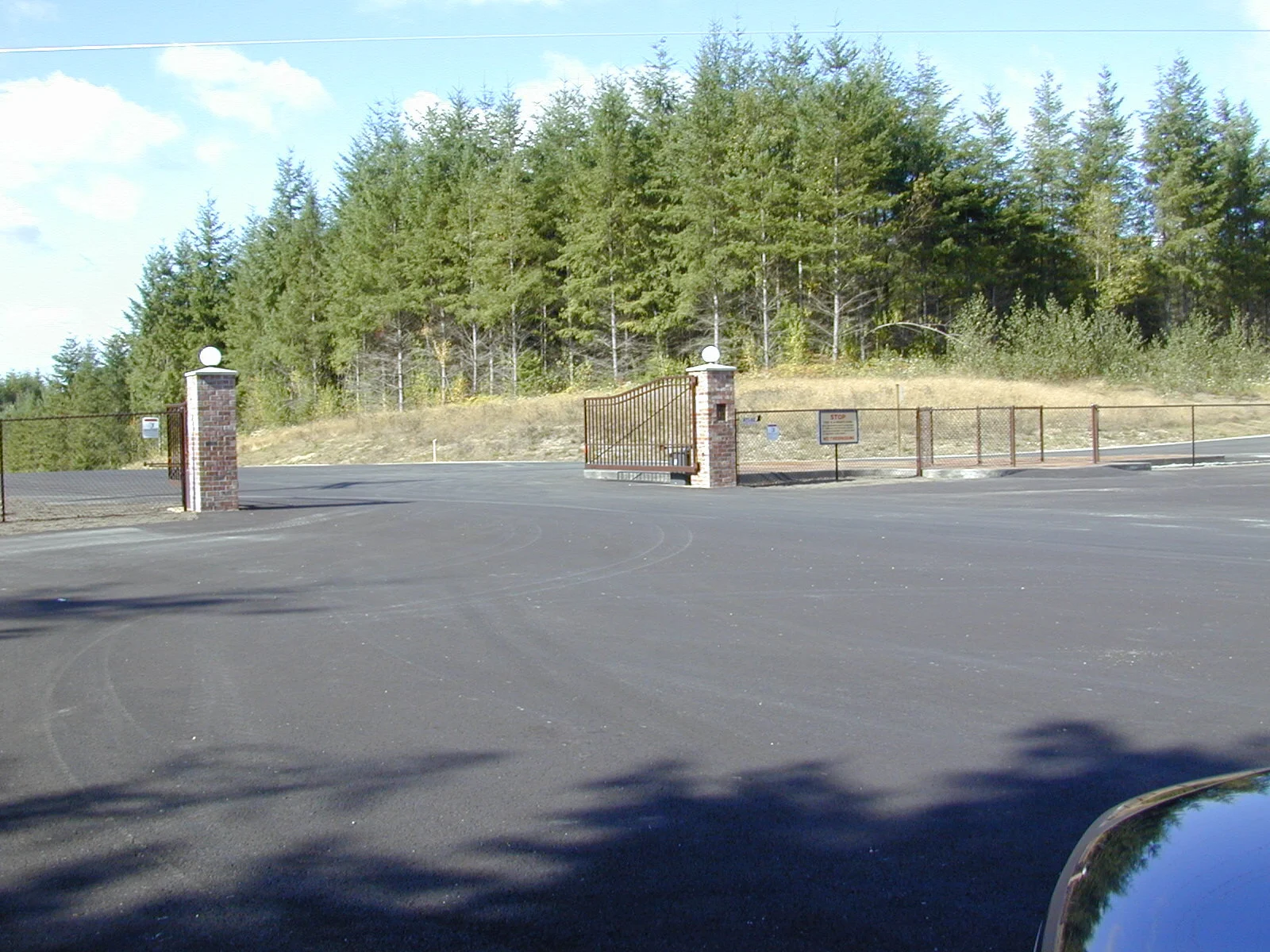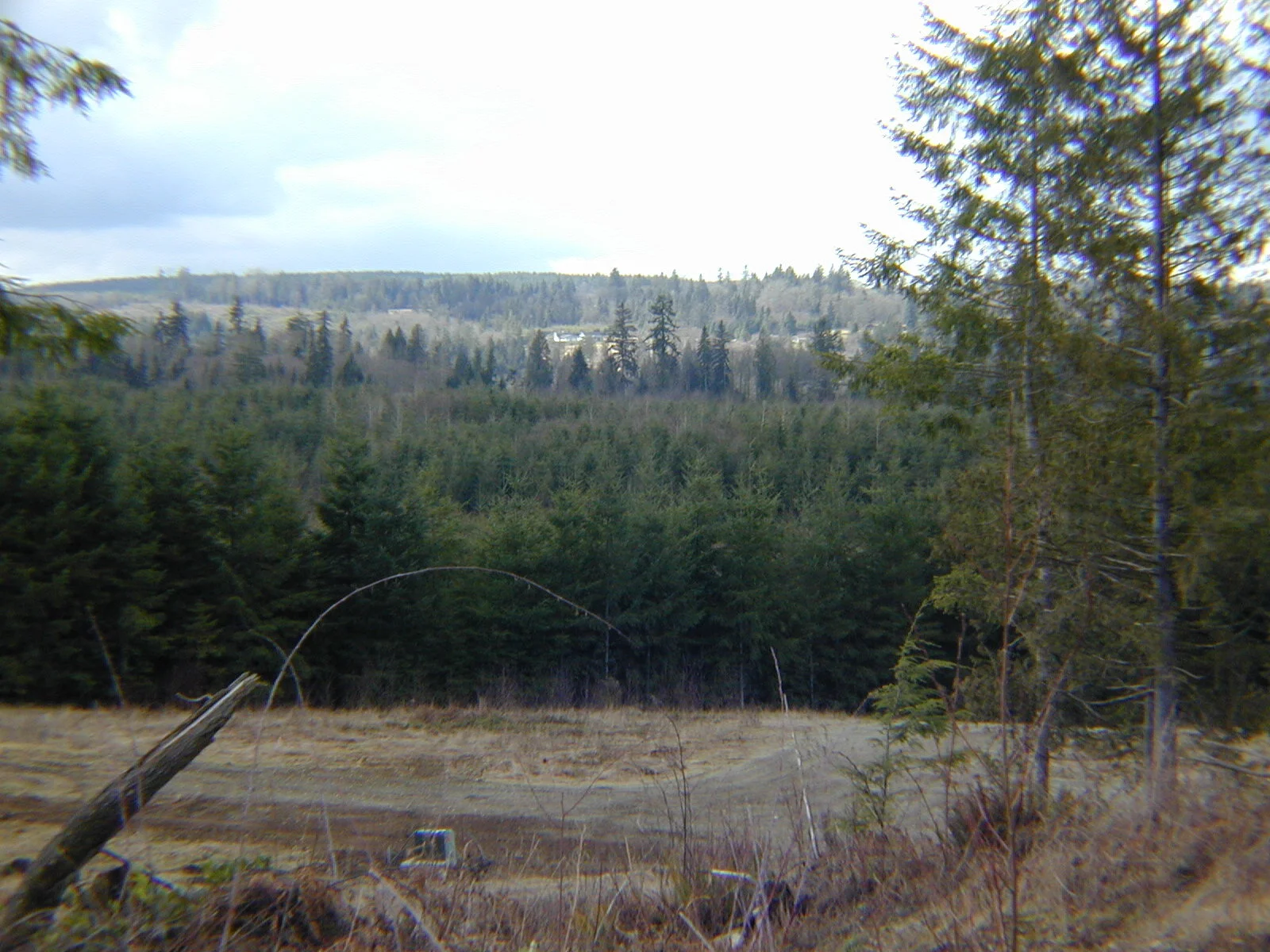Environmental Assessment of Vacant Land
Environmental Due Diligence - Vacant Land:
I opened a previous post with a statement that bears repeating: “I believe that no single step in the pre-closing inspection and feasibility study of real property is more important than environmental inspections”. The reasons for this are stated in the post Environmental Problems In Real Estate and the link is provided at the bottom.
But first, a caution:
There are several interlinking governmental agencies with authority and enforcement powers that deal with environmentally compromised real property. You don’t want to meet any of them. The basic concept is that once a buyer closes and takes possession of a compromised property, that owner is in the chain of title. Once in the chain of title that owner has responsibility for the remediation of any environmental problems with the property, even if the owner did not cause the pollution in the first place.
Next, and very important:
In my opinion, the only qualified professionals that anyone should listen to regarding environmental problems with real property is a qualified attorney specializing in the area of environmental law and other licensed professionals that specifically deal with identifying, quantifying, stopping, reversing and remediating environmental damage. I am not any of those, so if you have an environmental concern right now, stop reading and find the right professional.
Feasibility of vacant land:
When looking at vacant land some folks have the idea that what they observe (especially visually) is what is actually there - it’s possible that you couldn’t be more wrong! Many environmental problems are not easily seen or can even be seen at all, especially with vacant land where everything can look untouched.
Think of these two examples:
If you have soil pollution it may be subsurface, like pollution that came from an underground tank. The surface looks good, the problem is six feet under.
Water pollution is another example. If arsenic or some inorganic pollutant is present, it’s probably impossible to identify with simple visual observation.
This means that even though the land may look virtually untouched and naturally grown over with native vegetation, you never know what is lurking as a problem unless you assess and test for it.
Assessment and testing:
Some, but not all, engineering firms conduct environmental assessments. For an assessment to be valid it must be done by a licensed firm and in compliance with the standards set by the United States Environmental Protection Agency (EPA). There are 3 investigational phases and 1 cleanup phase if it goes that far.
Phase I Assessment:
The licensed firm conducts an on-site observation of the real property, historical use data that is available on the property, and anything on the federal environmental database that relates to the property. I have had Phase 1 assessments done in the past and the end product is never presented as a bulIet-proof guarantee, so don’t expect it. Phase I is searching for any evidence of environmental issues from the physical site itself and the data resources looked at.
Phase II Assessment:
If the Phase I has uncovered areas of concern, such as contaminated soil as an example, they will recommend a Phase II assessment. This assessment involves testing of the areas of concern and it can become exponential. Let’s say there is evidence of soil contamination and soil testing is recommended. It’s possible that the contaminants in the soil have migrated, let’s say down and laterally. Just how far down and to the side should be investigated and that can lead to extensive testing over wide areas and down to who knows where? To continue with this example, if there is an aquifer below, the only way to know if the water is affected is to conduct additional water testing. Costs for Phase II assessment can be substantial.
Phase III Assessment:
Taking the information from the prior 2 phases, the scope and extent of the contamination problem is finalized and an opinion of the cost of remediation is provided. What will it take to execute the approved cleanup and what are the estimated costs involved? Note the key words: "estimated costs”.
Phase IV:
Execution of the cleanup in accordance with the approved plan. The plan fully takes into account everything identified in the prior Phases and it must be, as previously stated, reviewed and approved by the regulating agency or agencies. Disposal must be conducted by licensed contractors at approved location(s) and in a manner fully compliant with applicable environmental laws.
How my “real world” works, relating to the phases of assessment:
I have not and will not close on real property when I have an environmental concern. Therefore, the extensive liability and unknown costs of the steps listed above, after Phase I, are generally not a concern for me. If I see something myself, or I have a Phase I conducted that reveals an issue, I simply provide notice of rescission of the Purchase and Sale Agreement and have my earnest money refunded in-full. This obviously needs to be done within the contracted inspection period, before the earnest money becomes non-refundable! Rescissions, as with all contract notices, must be timely, accurate and in accordance with the specific terms of the agreement. Don’t get sloppy.
Which brings up the key issue of contracts. Clearly, no one should waive an inspection in a purchase contract in my opinion. If written correctly and mutually executed by the legal parties, an inspection should be allowed as a contract specific term(s) along with the provision for a full refund of the earnest money, if the buyer decides (in his sole and absolute discretion) to rescind the sale. In defining the inspection most professionally drafted and MLS Forms are pretty broad, but if I am going to conduct a formal environmental assessment I mention it as an additional specific term in the agreement offer. If a seller refuses to agree, that’s a warning sign for me.
The other reason I provide this additional notice is that if I conduct any phase of an environmental assessment and it reveals environmental problem(s) that become known to the seller, the seller must provide notice of the problem(s) with future potential buyers as a matter of legal disclosure after I walk away from the deal. If I rescind a sale for environmental reasons, I don’t want some P.O.’d seller to come back at me alleging that I compromised his ability to sell the land to someone else going forward. Remember that with seller’s disclosure statements - if you know you have to tell!
Seller disclosure statements:
Most states require seller disclosure statements to be provided from the seller to the buyer after mutual execution of a purchase and sale agreement. The ones in my home state have 3 possible responses to any question, including the environmental section: Yes, No, or Don’t Know. I get a lot of “Don’t Know’s” in the checkboxes relating to environmental problems.
For this reason, I place almost no stock in the sellers disclosure of environmental problems unless they check the Yes box and describe the problem. Even when they do, the problem is always understated in my experience. Therefore, as with all sections of a disclosure statement, I pay for and conduct my own inspections with my own team doing the work.
Surrounding Properties:
Any vacant land buyer needs to pay close attention to surrounding properties during the environmental inspection. This must be done while the earnest money is still refundable. A somewhat absurd example (because it’s so obvious) would be a land fill next door. Would there be any reason to not expect that at least some pollutants have migrated onto the property you are looking at? Probably not much of a guess about that answer.
Remember, though, that many environmental problems are totally invisible so what the owners next door are doing (and have done in the past) can really matter. I once looked at a property where the adjoining land to the north and upslope had a historical use as a large scale dairy farm. For this reason alone, I walked away.
Review:
First and foremost: I strictly follow the rules for environmental issues with real property. I feel that professional advisement is essential since there are multiple agencies of interest with specific laws that must be strictly followed. The guy that wings it is subject to especially hard-hitting enforcement authority. Qualified environmental attorneys are available, along with the appropriately licensed consultants and contractors, and their participation is strongly suggested.
It is my opinion that environmentally compromised property should not be closed on and earnest money should not go hard until environmental concerns are eliminated. Sure, there are really big guys that are funded by investment bankers that have built multi-million dollar waterfront condo projects over superfund sites, but that isn’t me (or probably you). The last Phase I environmental assessment I did cost me around $10,000 and any assessment phases beyond that would be expected to cost significantly more in many cases!
The very highest level of caution should be used for the environmental component of any vacant land inspection, even when it appears that nothing should be a problem. This is because once a buyer closes on a polluted property he has the responsibility to fix it. That can cost more than actually buying it. Plus, how do you ever get rid of the property without remediation, and even then you still have to disclose it anyway!
When it comes to athletic shoes Nike says “Just Do It”. When it comes to environmental problems with real property, my opinion is “Just Don’t Do it”. Good luck, be smart and check out this previous post for more:
Environmental Problems In Real Estate:
https://www.landdevelopmentrealities.com/home/2019/4/23/environmental-problems-in-real-estate






